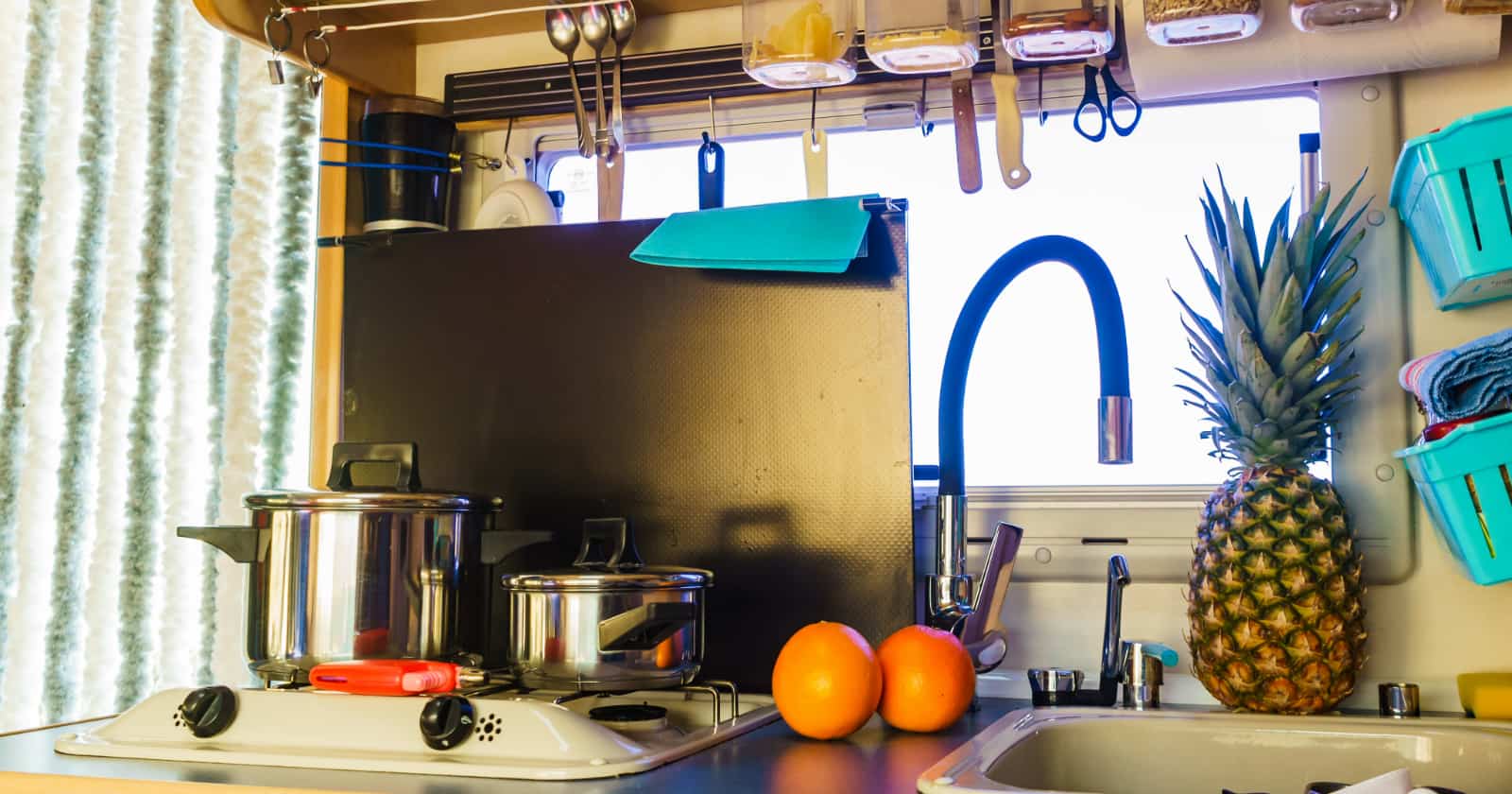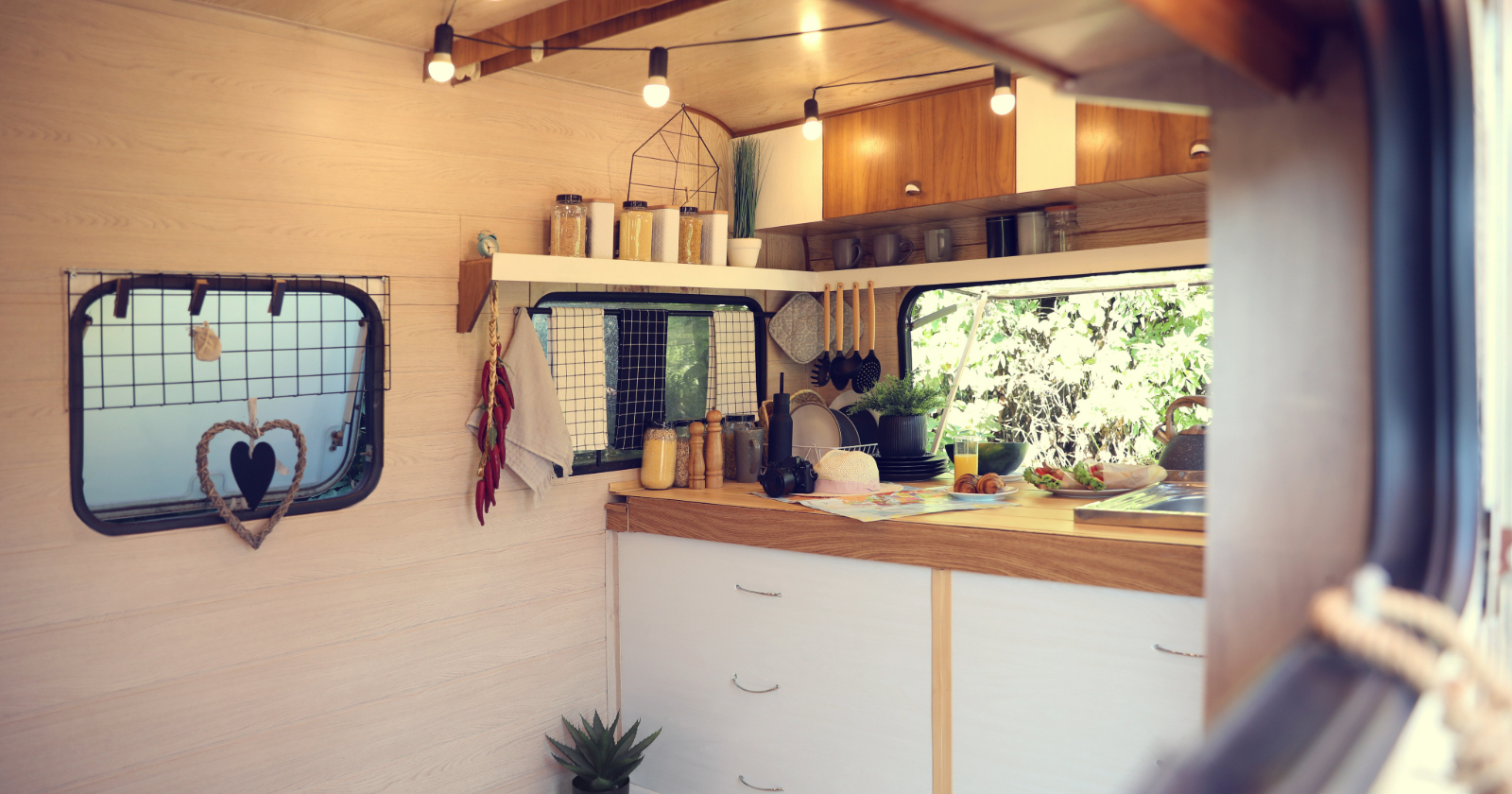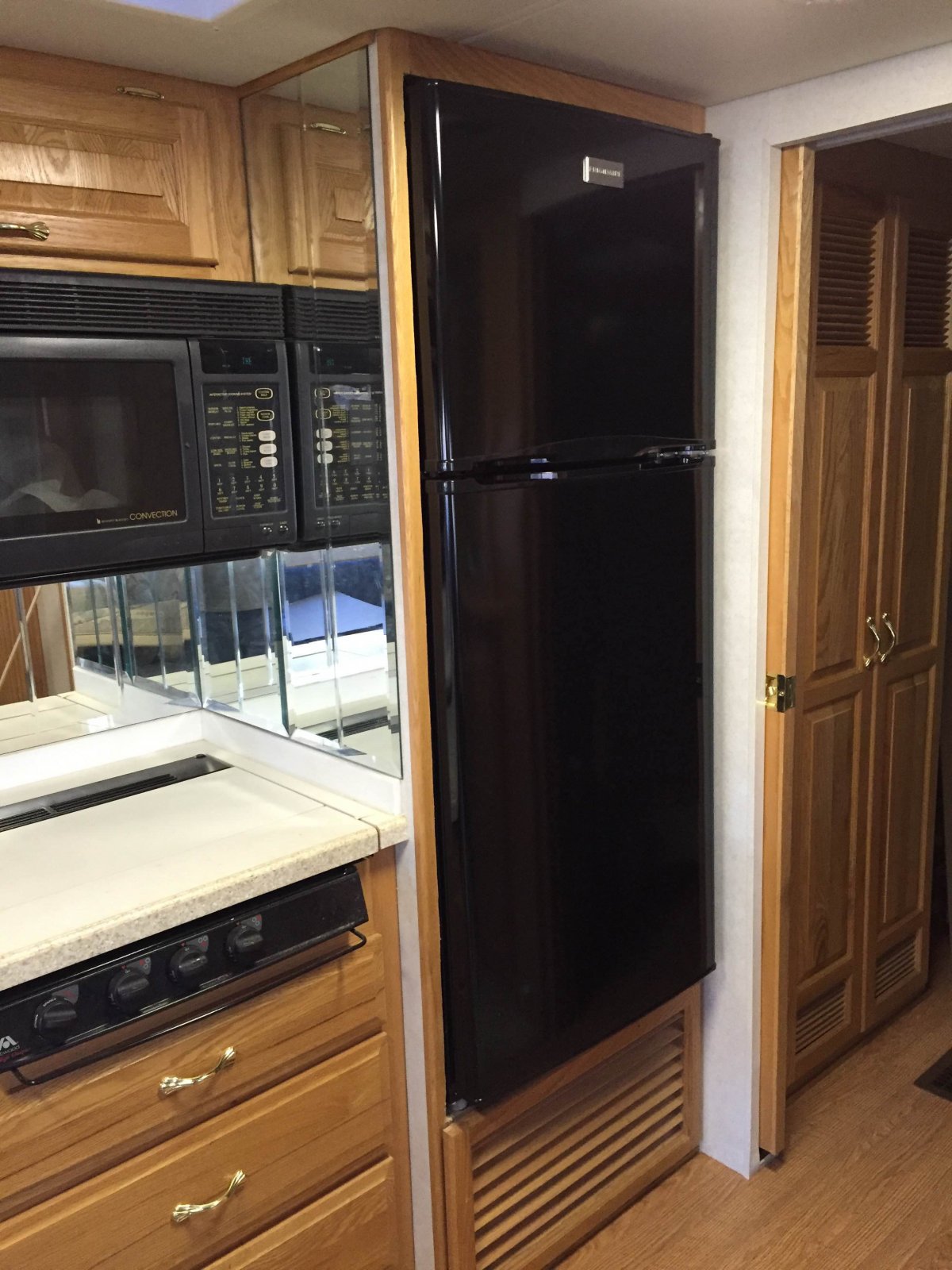
How To Precool Your RV Fridge
One of the conveniences of camping and traveling with an RV is having an RV refrigerator and freezer to keep your food cold. An RV fridge is not a magical box that stays cold even when you aren’t using it. It is usually necessary to precool your RV fridge. How does one quickly and efficiently precool an RV fridge?
RV fridge primer
The typical residential refrigerator works using a compressor, much like the A/C in your home or car. This method is known as mechanical-compression refrigeration. An RV refrigerator relies strictly on chemistry, physics, and gravity to work in a method known as absorption refrigeration. You probably didn’t come here looking for a chemistry 101 class, so here is the quick version.
In an RV fridge, there is a reservoir containing ammonia and water. Ammonia boils at a lower temperature than water. As it heats up, the ammonia vapor or gas rises through a tube away from the water. It then goes through a special part of the pipe system that recondenses those ammonia vapors back into pure ammonia liquid. The whole process is similar to the way alcohol is distilled.
The ammonia liquid travels into a pipe where it is mixed with hydrogen gas. Once the two chemicals meet, the hydrogen causes the liquid ammonia to rapidly turn to gas again.
Just like it takes heat energy to turn water into steam, the liquid ammonia absorbs the surrounding heat as it turns to gas. As the process goes around, the heat that was once in the fridge is absorbed and vented out the back. You are left with a cold fridge.
The ammonia and hydrogen fall down a pipe using gravity, where eventually they separate. The hydrogen gas goes back up to meet with more ammonia, and the ammonia flows back into the water solution to be distilled again. The video below does a good job explaining this as well if you are more visual.
Level your RV
Because gravity is one of the driving forces that makes your RV fridge work, it must be pulling down in the right direction for your RV fridge to be at its most efficient.
In other words, your rig should be level whenever the fridge is on. Operating your RV fridge while not level can cause damage.
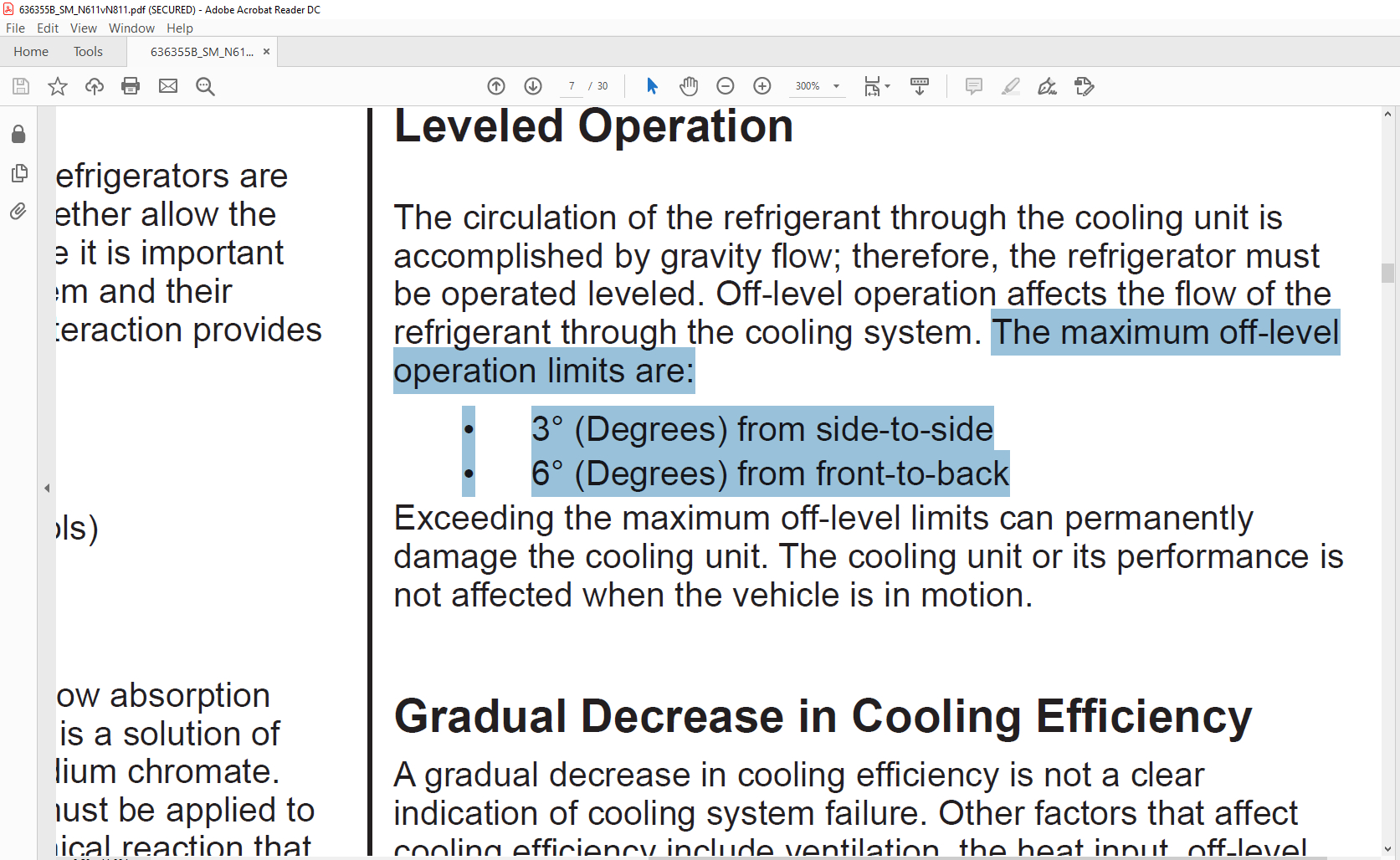
According to Dick from Everything About RVing,
“A good rule of thumb is that the fridge can be plus or minus 2 degrees from plum. That equates to half a bubble out of the level line.”
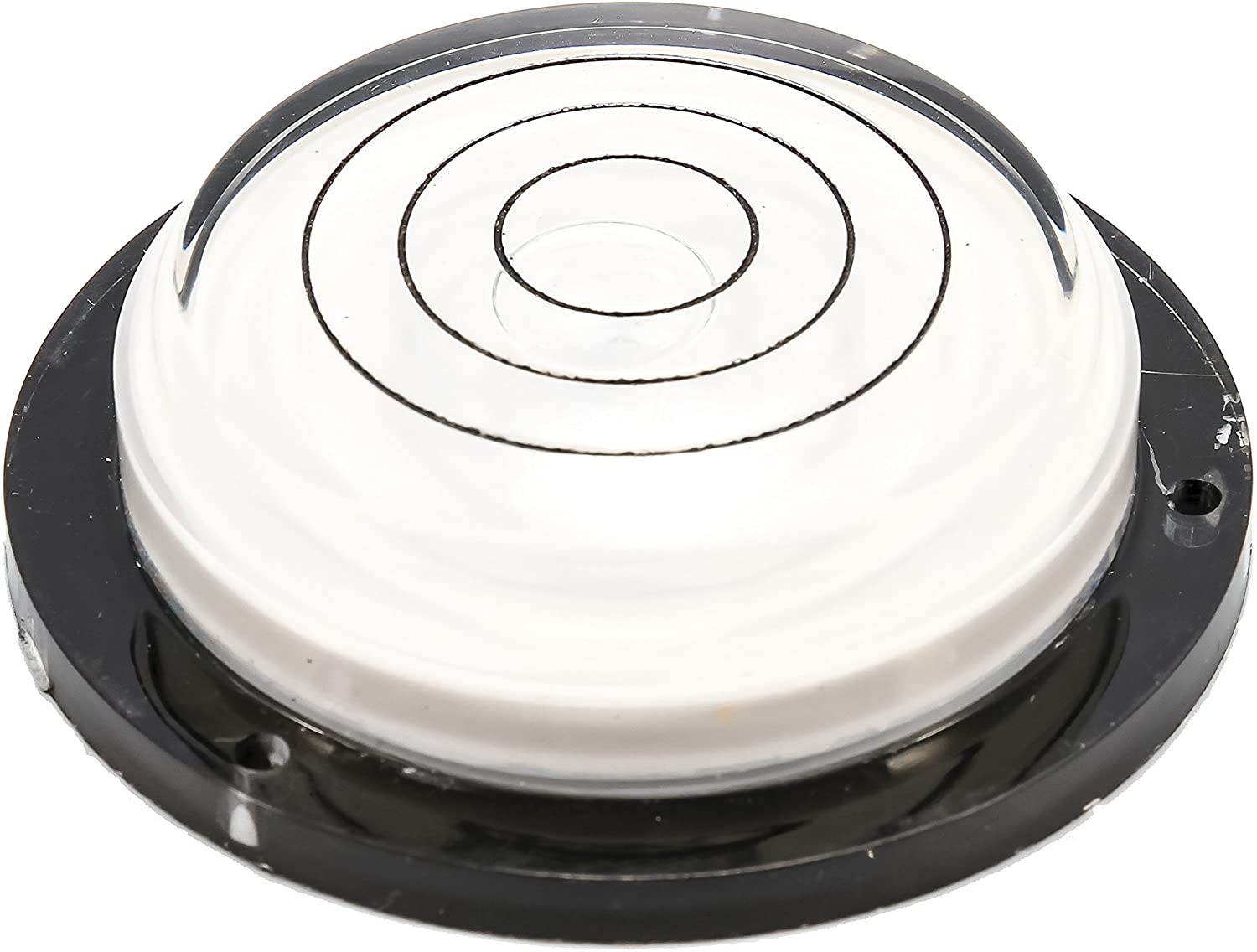
Turn your fridge on
Regardless of the method you use to precool your RV fridge, it will take about 4 to 6 hours to cool down. Depending on the weather, that cool time could be shorter or longer.
To ensure your fridge has ample time, it is a good idea to turn the fridge on the day before you plan to leave. Most RV fridges heat the ammonia and water using either propane or 120V electricity.
120-volt tips
If you plan on plugging your RV in to precool the fridge, you have many options as far as getting your power. Access to a 50-amp or 30-amp plug is optimal but not necessary.
If you are storing your RV near a regular household power plug, you are set. Whether your RV is 50-amp or 30-amp, you can buy an adapter that allows you to plug into a household 20 or 15-amp socket.
A typical RV fridge will run on 3 to 8 amps depending on the size, so provided you only want to run the fridge on a regular household plug, you have more than enough juice.
Keep in mind that if you do plug into a 20-amp socket, you are limited to those 20 amps. Running your fridge and charging your house batteries is fine on 20 amps, but it’s not advisable to run things like your A/C on that plug too.
Propane tips
Outside of your RV, on the back of the fridge, there are a couple of vents. It is a good idea to inspect those vents, and even take them off to make sure there is no debris or nests of any kind that may block airflow.
Some RVs have a roof vent for the refrigerator if you can’t find them behind the fridge. Propane appliances need to vent properly for safety.
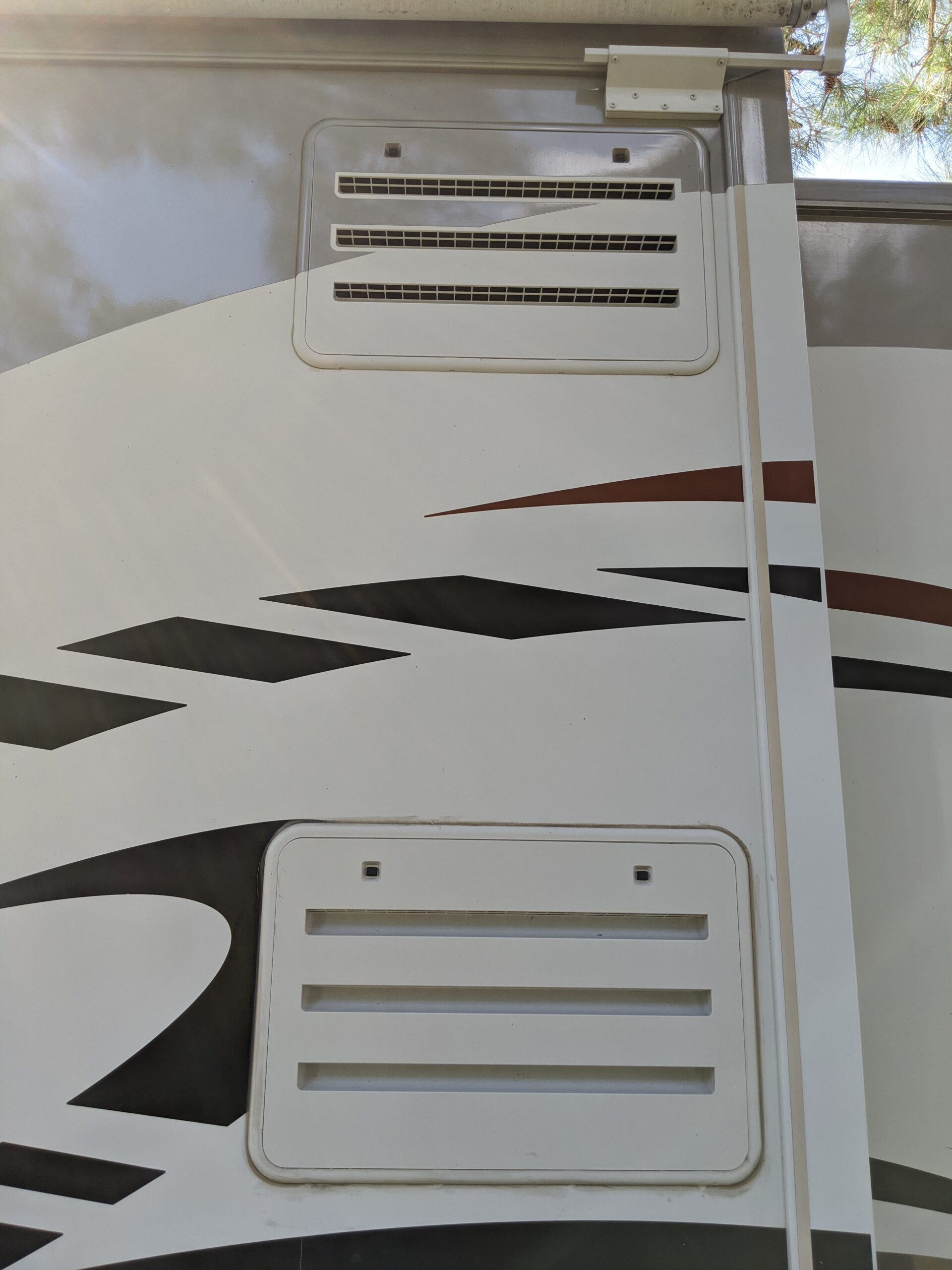
Make sure your propane bottles are full and your batteries are charged. Your RV fridge will pull power from the batteries to run the electric panel off the fridge. This does not require a lot of power, but it may be a good idea to watch your battery level while you are running the fridge periodically.
If you have your RV parked in a storage facility, it is a good idea to make sure they allow you to have a propane RV fridge running while the rig is in the storage lot.
If you store your rig inside a garage, you will want to make sure there is proper air ventilation before running propane appliances. The safest thing to do is to take your RV out of any enclosed space while a propane appliance is running.
Promote good air flow
The cooling system in an RV fridge is not the only thing that works off gravity. Most RV refrigerators do not come with circulating fans built-in. The cooling blades on the top of the fridge slowly cool the surrounding air.
The heavy cold air will drop, and the warm air at the bottom will rise up to take its place. This process is slow. It can be sped up very cheaply. There are several models of RV fridge fans on the market like this one.
Most fridge fans are battery-operated, and they keep the air in your RV fridge moving to ensure it cools evenly.
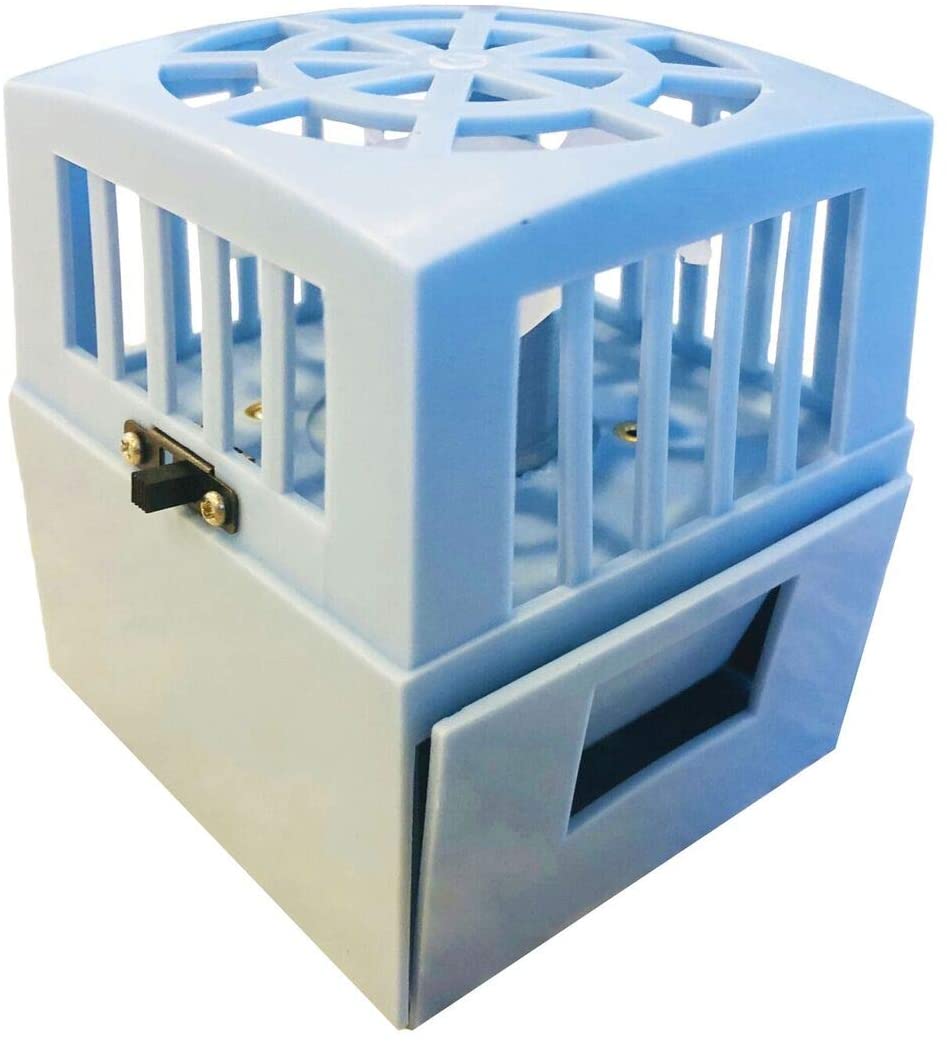
It is important that when you start putting items into the RV fridge that you don’t inhibit airflow as well. We all want to have enough food for our trip. Packing a fridge too full can stop the air from moving. This will create uneven cooling and hot spots.
Put cold stuff in
If you are in a hurry to get your fridge cooled down, you can put bags of ice in your RV fridge when you turn it on. Ice, coupled with a fridge fan, will help cool the fridge down faster.
Make sure the ice is in a watertight container, or you will end up with a very wet fridge. Some people freeze bottles of water and put a few on each shelf.
You can also take ice packs and put them in your RV fridge ASAP when you turn the fridge on to help it cool down. This will help cool it faster. They can be stored in the RV freezer as well. After your trip, they can easily be moved back to the home freezer.
Before you take off
RV fridges cool down slowly compared to a residential fridge, but they heat up much faster. Once you open the door and spend time to pack the fridge, you will lose a lot of the cold air that has built up inside. Make sure to put already cold items in the fridge.
The best way to do that is to put all of the items you plan to take with you in your residential fridge until you are ready to transfer them into your RV fridge. If the items were cold enough when being put in, they will aid in recooling the air you lost while packing the fridge.
The goal of any fridge is to keep your perishable food at 40 degrees or below. If at any time you believe the food in your fridge has gone above that, the safest thing to do is assume it has spoiled.
When in doubt, throw it out. That being said, following the tips above may ensure you have a quick, safe, and painless precooled RV fridge to store your camping goodies.

